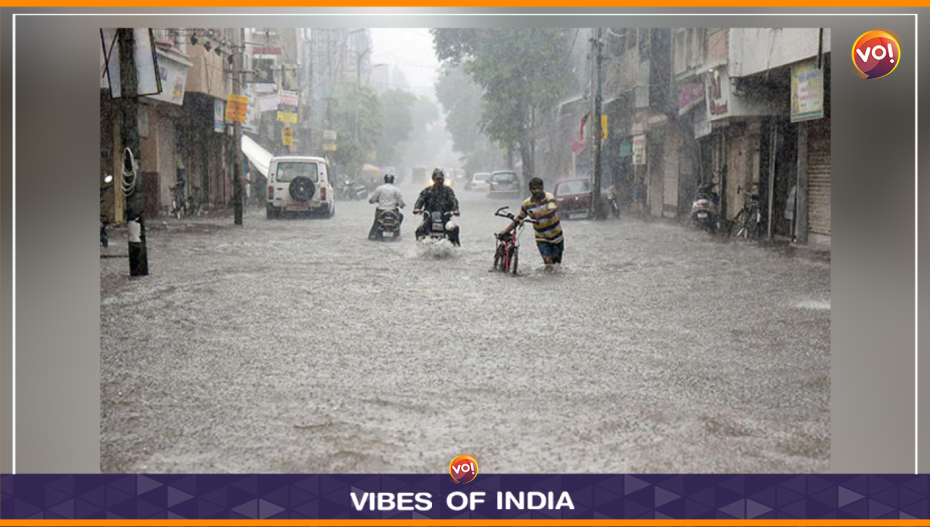Deficient rainfall over the last month has led to dry conditions in many regions in India, water stress, and weak soil moisture. Naturally, these factors have contributed to poor agricultural productivity.
While the monsoon began with a bang in Gujarat – the Kutch region received 104% of the season’s share and Cyclone Biparjoy created some rainfall records – the situation is different as of now.
Recently, a national daily highlighted that compared to last year, August has been considerably dry in the state. Gujarat has received only 16.94 mm of rainfall this month so far, as opposed to more than 233 mm of rainfall recorded during the southwest monsoon season around this time.
India Meteorological Department (IMD) regional director Manorama Mohanty cautioned that the lean spell in Gujarat will continue throughout August.
“August has been dry as many systems developed in June and July months. Also, because of the El Nino effect, August is expected to be dry. Several systems have been forming recently but then they are shifting towards north-eastern and northern parts,” Mohanty told the daily.
El Nino, which means unusual warming of surface waters in the eastern Pacific Ocean, is expected to weaken rains, with Gujarat, Maharashtra, and large parts of the South likely to bear the brunt of it, another national newspaper reported.
IMD scientist Rajib Chattopadhyay was quoted as saying by the media house, “The situation is quite serious with various sectors likely to witness water stress. The next two weeks are crucial. If the situation continues to remain the same for another two weeks, the water stress could become high. Even in the seasonal SPI from June 1 to August 23, we are seeing many districts in the red. The ongoing monsoon break is somewhat similar to the one seen in 2002, which saw a 26-day-long hiatus in monsoon in July.”
He added, “With decreasing precipitation, water sources like lakes, reservoirs, and groundwater levels are likely to dwindle, exacerbated by more evaporation due to higher-than-normal temperatures.”
The report, citing Standardised Precipitation Index (SPI), which examines meteorological drought on a range of timescales, claimed that substantial 47% of India’s area had been facing mild dry conditions. Mildly dry conditions can also lead to reduced soil moisture, which can affect crop growth and agricultural productivity, experts said.
The next two weeks, the report added, will be crucial.
Chattopadhyay said, “It, however, remains to be seen if some of the deficit could be covered, at least to some extent, during September. The connection between the Indian monsoon and El Niño is well known. There have been reports that El Niño gained sufficient strength this month, hence its impact on monsoon has also been felt more so in August. Thus, we have to remain prepared to undertake any contingency measures to alleviate the water stress expected.”
He exuded optimism saying, “There are reports about the development of a positive Indian Ocean Dipole (IOD) soon. The potential impact of this development on the monsoon is still uncertain. But it could potentially act as a positive factor.”
Also Read: Sales of Residential Properties Register Record Growth in Ahmedabad











